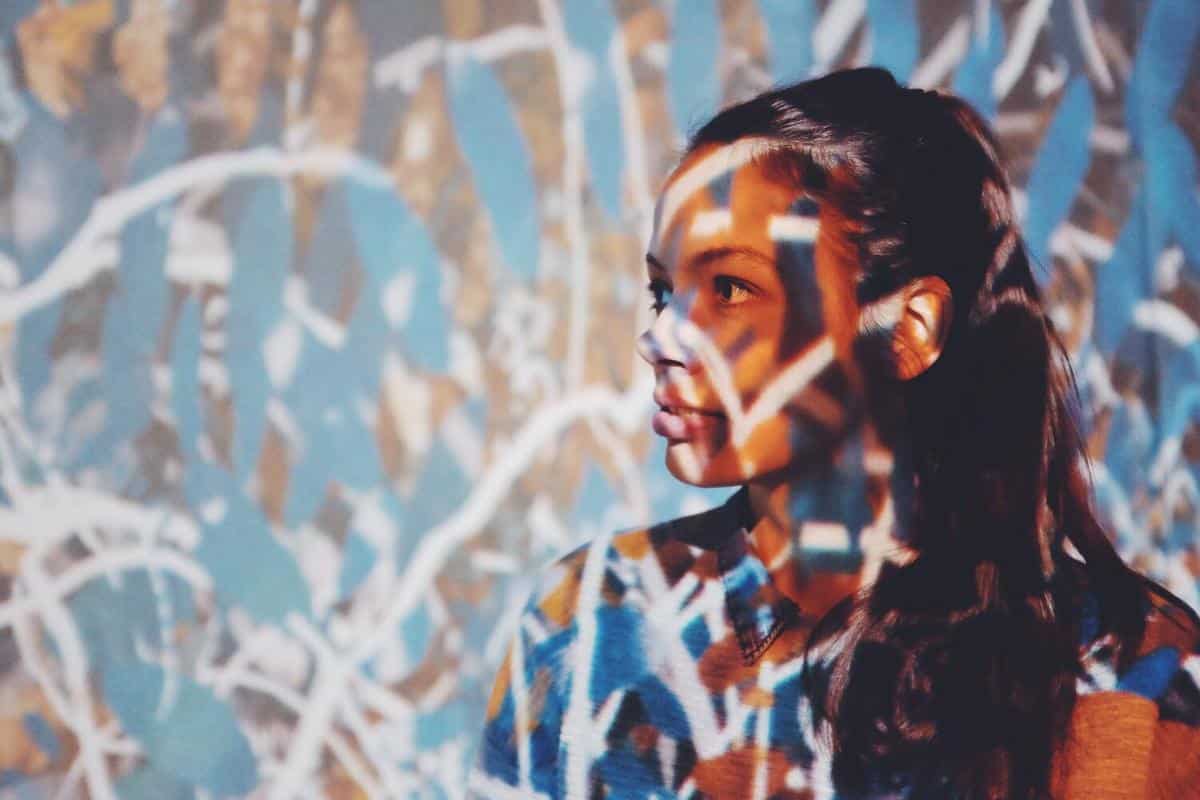
The Intersection of Technology and Traditional Art Forms
Exploring the dynamic fusion of technology and traditional art forms reveals a fascinating landscape where age-old techniques meet modern innovation, creating new possibilities for artistic expression.
The convergence of technology and traditional art forms is reshaping the art world, offering both challenges and opportunities. This blend of old and new is redefining how artists create, present, and market their work. According to renowned art critic Jerry Saltz, “Technology is not the enemy of art; it is a new gateway for creativity.” This sentiment echoes across the globe as artists increasingly leverage technology to enhance their work.
The Evolution of Art: Tradition Meets Technology
Traditionally, art relied heavily on manual skills and tangible materials. However, with the advancement of technology, digital tools have become integral to modern artistic practices. A study by the Pew Research Center found that 72% of artists now use digital tools in some form, highlighting the widespread adoption of technology in the arts.
Examples of Technological Integration
Consider the work of digital artist Beeple, who uses software to create stunning visuals that blur the lines between digital and physical art. Similarly, sculptor Anthony Gormley incorporates 3D scanning technology to enhance his traditional sculpting methods. These examples show how artists can blend traditional skills with technological advancements to create groundbreaking work.
Actionable Tips for Artists
- Explore digital tools: Experiment with software like Adobe Creative Suite to enhance your traditional art skills.
- Engage with online platforms: Use social media and online galleries to showcase your work and reach a broader audience.
- Collaborate with technologists: Partner with experts in technology to expand your artistic horizons and discover new techniques.
Art and Technology: A Symbiotic Relationship
Technology not only influences the creation of art but also its consumption. Virtual reality (VR) and augmented reality (AR) are becoming popular ways to experience art, offering immersive experiences that were once unimaginable. A report by Statista predicts the VR/AR market in the art sector will reach $2.6 billion by 2025, underscoring its growing importance.
| Traditional Art Form | Technological Integration |
|---|---|
| Painting | Digital painting software |
| Sculpture | 3D printing |
| Photography | Photo editing tools |
| Music | Digital audio workstations |
| Dance | Motion capture technology |
| Theater | Projection mapping |
| Literature | eBooks and audiobooks |
| Calligraphy | Digital stylus and tablets |
Challenges and Considerations
While technology provides exciting opportunities, it also presents challenges. Artists must navigate issues such as digital rights management and maintaining the authenticity of their work in a digital format. It is crucial for artists to stay informed and adapt to these changes while preserving the essence of their traditional mediums.
FAQs
How can artists balance technology and traditional methods?
Artists can balance the two by integrating digital tools that complement their traditional skills, creating a harmonious blend of both worlds.
What are some tools artists can use to integrate technology into their work?
Artists can explore tools like digital painting software, 3D printing, and VR/AR applications to enhance their artistic practice.
Conclusion
The intersection of technology and traditional art forms is a testament to the ever-evolving nature of creativity. By embracing these changes, artists can push the boundaries of their craft while preserving the rich heritage of traditional art. As the art world continues to innovate, the fusion of technology and tradition will undoubtedly lead to new and exciting artistic expressions.


